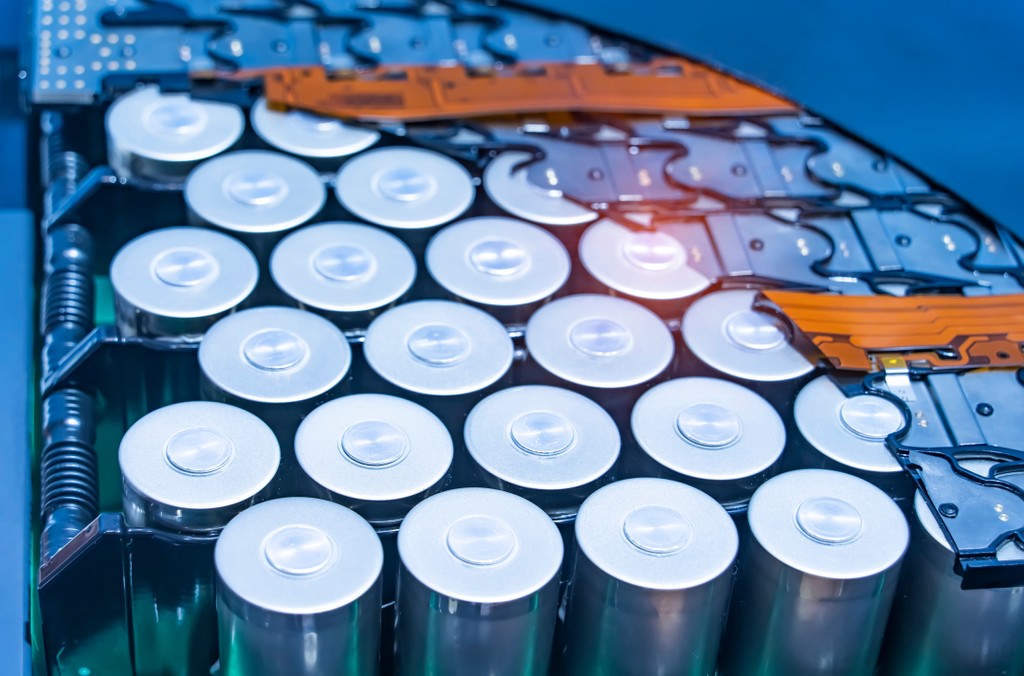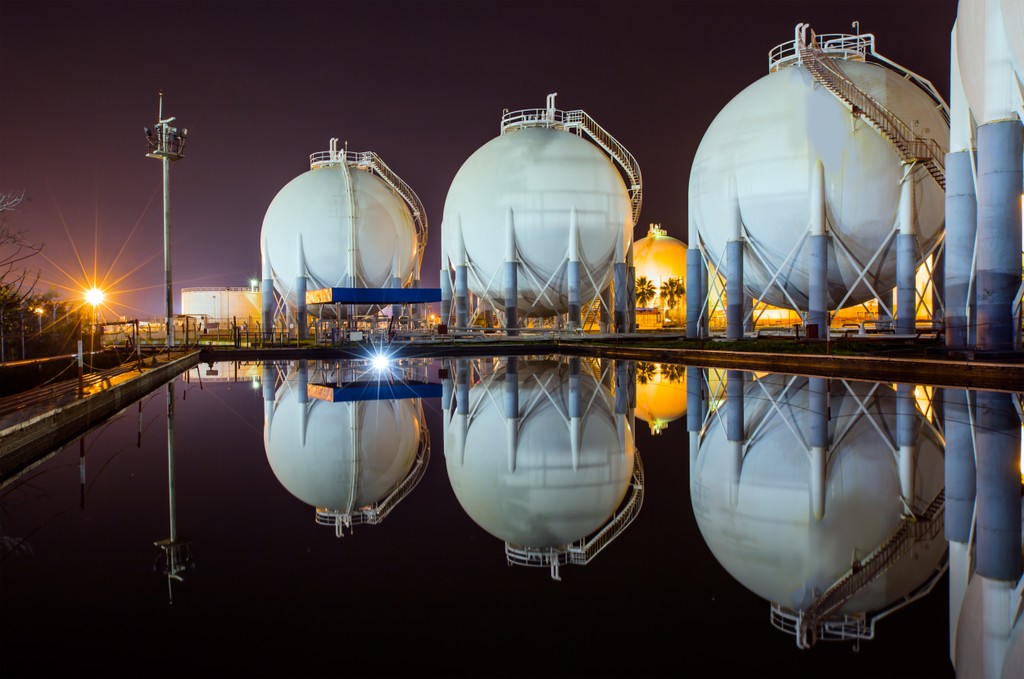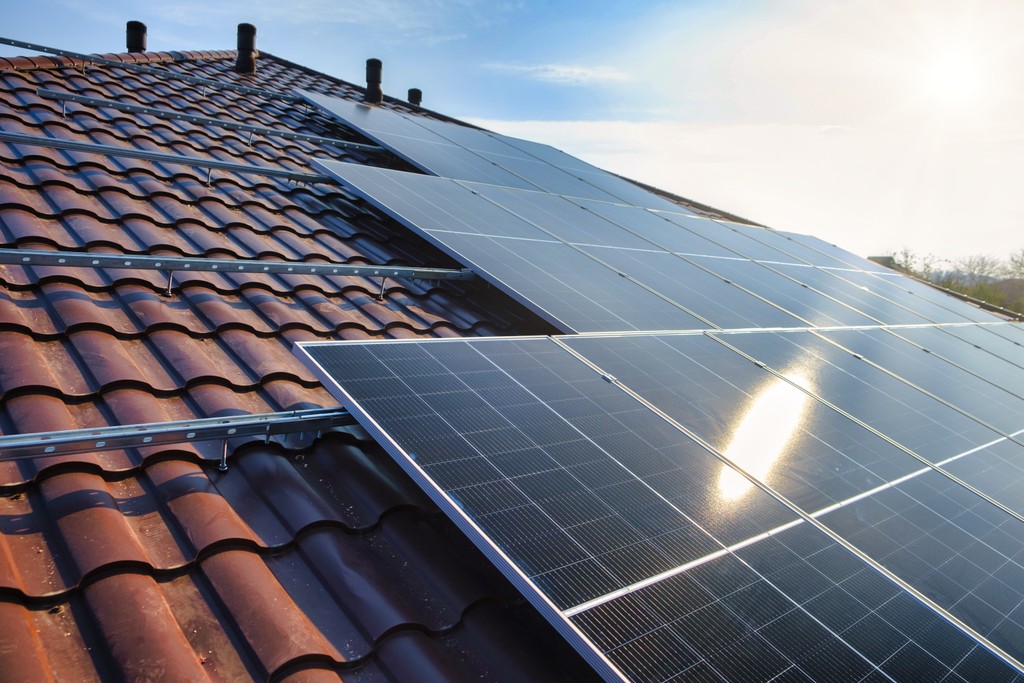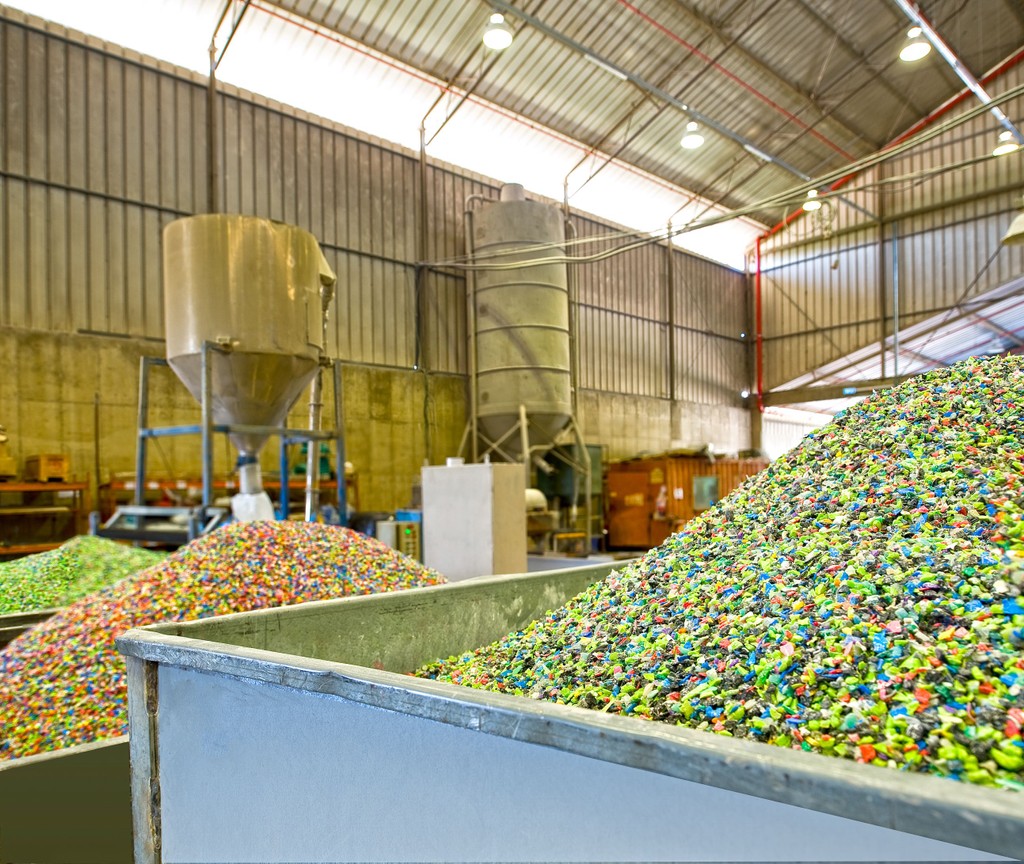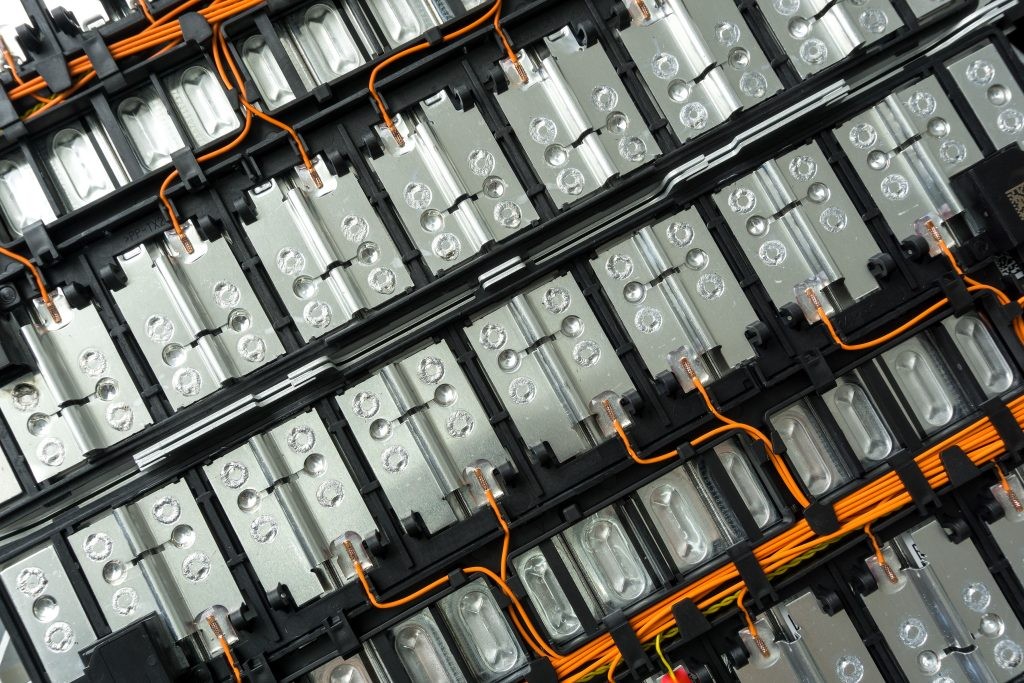By Albert Cheung, Deputy CEO, Head of Global Transition Analysis, BloombergNEF
To work in clean energy and climate is to live in a constant state of cognitive dissonance, stuck between good news and bad. On the good side, every year brings continuous growth in clean-tech industries, record levels of investment, and steady technological advances. This past year was no different: record numbers of electric vehicles were sold in 2024, record amounts of clean power capacity were installed, new energy storage technologies gained traction, and when our investment totals are published later this month, we will hopefully see that energy transition investment hit a new record, too. (Watch this space!)
Yet, despite years of continuous and rapid acceleration, it is never enough. Each winter, BNEF analysts spend weeks crunching numbers only to conclude that global energy transition investment is running well below the level required to get on track for net zero by mid-century. This year the story is likely to remain unchanged. Such is the relentless logic of being on a growth curve that sits stubbornly below the curve you want to be on.
The dissonance is even stronger this year and has many contributing factors, including the incoming Trump administration, the slowing growth of EVs, the struggles of Europe’s battery sector, the limited progress on hydrogen and industrial decarbonization, ongoing difficulties in the offshore wind sector, and the COP29 finance deal that left many countries underwhelmed.
This sense of unease carries five important lessons that we should absorb as we begin a new year of work in the energy transition.
1. The energy transition won’t slow down
Because of the challenges above, the word ‘slowdown’ was never far from the lips of commentators and executives last year. But in reality, our latest estimates indicate that 2024 was a pretty strong year for clean energy deployment. Solar PV installations were up 35% year-on-year, wind was up 5%, energy storage installations rose 76% (in megawatt-hour terms), and EV sales gained 26%. (Note these are BNEF estimates that pre-date the end of 2024.)
Even stripping out mainland China, a market that can sometimes skew figures, does not change the direction of travel, with most of these sectors continuing to grow in the Americas and EMEA regions. Onshore wind outside of APAC is a notable exception, with installations down as permitting delays and grid connection queues remain a bottleneck.
Newer technologies like clean hydrogen, and carbon capture and storage (CCS) have had a tougher year, but here we still see growth on the way. BNEF’s latest forecasts are for as much as 16 million metric tons of annual clean hydrogen production capacity to come online by 2030, up from nearly nothing today, and around 200 million metric tons per annum of CCS capacity to be installed by then. So even the hard-to-abate sectors will start to make progress.
And what about the Trump effect? Our updated EV sales forecast for the US now sees them accounting for one-third of new vehicles sold in 2030 – roughly a tripling of today’s market penetration. True, this is lower than the 48% penetration expected by 2030 under Biden-era regulations, but it is still growth. As for clean power, we would still expect more than 900 gigawatts of new solar, wind and storage build in the US by 2035 under a scenario in which investment and production tax credits are fully repealed. This is down from our most recent forecasts of over 1,100 gigawatts under existing incentives, but it is still growth.
So, our first lesson is simple: clean energy technologies will continue to grow. And the energy transition won’t slow down, even if it feels hard at times.
2. This is the hard part of the journey
That the transition is starting to feel hard shouldn’t come as a surprise: many of the easier opportunities have been conquered. Early adopters in richer countries have already bought EVs and home solar systems, and renewables developers have snapped up the best sites with the cheapest grid connections, in the most economically and politically stable markets. These early movers played a critical role in driving down the costs of clean energy technologies and bringing them to scale.
But achieving scale means that growth rates will start to fall. At the time of writing, our latest estimate is that EV sales globally grew 26% year-on-year in 2024, to 17.2 million units, approaching a quarter of all new car sales. This is undoubtedly strong growth, but it is much slower than the 60% and 34% growth rates in 2022 and 2023. In fact, the growth is starting to look fairly linear: if our projection is right, the global EV market will have grown by a steady 3.3-3.9 million units in each of the last four years, confounding predictions that energy transition technologies always grow exponentially, everywhere.
We now think the solar sector will do something similar. Annual solar installations likely grew an impressive 35% in 2024 and have quadrupled since 2020. But our team is forecasting just 11% growth in 2025, and more or less linear growth thereafter. This is because several advanced markets are reaching high penetrations of solar: Greece and Spain, for example, likely drew more than a quarter of their electricity from solar last year. This drives down mid-day power prices, necessitating new revenue models and increased storage deployment to push penetration even higher. We know these solutions will come, but they require policy development to open a new frontier for the growth of solar in mature markets.
Growth in emerging markets will be the bigger driver in future. India, Pakistan, Turkey, Saudi Arabia and Romania all posted more than 50% growth in solar installations in 2024, by our estimates. However, many emerging markets still lack the regulatory and market environment needed for large-scale clean energy adoption.
This next phase of the transition means tackling new problems: unlocking storage and flexibility in mature renewables markets to drive to higher penetrations; developing renewables in markets that lack the proper technical and commercial arrangements; getting charging infrastructure right to support mass-market drivers and truck fleet operators switching to EVs, as well as driving demand for clean energy and fuels in aviation, shipping and heavy industry. Progress is being made on these challenges and solving them will create new opportunities and stimulate the next cycle of growth in the transition.
3. Be careful not to misinterpret the data
In a space as complex and emotive as the energy transition, real challenges can often be accompanied by exaggerated ones. Let’s take the EV sector again, where misinformation – or at least misinterpreted data – is common.
The ‘EV slowdown’ story in 2024 was largely focused on the EU, where sales growth did indeed slow down. While most headlines put the blame on consumers not wanting EVs, the truth was more nuanced. For example, in summer 2024, EV sales in Germany slipped by double digits from the year before, but news reporting failed to point out that there had been a surge in sales the year before, triggered by the ending of a subsidy regime.
What is more, the European Environment Agency has now confirmed that 98 out of 101 automakers met their binding CO2 emissions targets in 2023 (the three that didn’t are tiny). Crucially, the EU-wide targets have remained the same from 2021 to 2024, so it is somewhat likely that these automakers will have met their targets again in 2024 – and EV sales were roughly flat in Europe in 2024, not down. In other words, the auto industry is already selling enough EVs in Europe to comply with the only meaningful emissions policy they are subject to.
Those emissions targets will tighten up to a new level in 2025, remaining flat again until 2029. Given this policy design, a perfectly rational automaker strategy would be to wait until 2025 before launching new, improved, competitively priced EVs, while doing the bare minimum to push EV sales in 2024, and deferring price cuts even as battery prices fell to a new record low.
I believe that in retrospect, we will see that the EU EV slowdown in 2024 was baked in from the start. It was a feature of European emissions policy design, not a bug. Lesson learned: be careful not to misinterpret the data.
4. A successful transition is a profitable one
It may be a blindingly obvious point, but the past year has reminded us that the energy transition will only succeed if clean energy investments generate risk-adjusted returns that meet the requirements of companies and their investors. There is no world in which public or concessional capital alone can solve the climate mitigation challenge.
This truism has reared its head in the hydrogen sector, where costs are rising, not falling. Our estimates for levelized costs of clean hydrogen are 35% higher on average than two years ago, at $3.74-$11.70 per kilogram depending on geographical location and other factors. An ammonia auction by Germany’s H2Global Foundation last year priced green ammonia imports at double the price of ‘gray’ ammonia in western Europe. And there are now very few places in the world where we expect clean hydrogen to compete with the gray variety by 2050. So, for prospective industrial users and producers of hydrogen, who must make multi-decadal investments to adopt greener molecules, meeting any return expectations will depend on regulations such as carbon pricing, and subsidy for the foreseeable future. Governments that are serious about driving hydrogen use in sectors such as fertilizers, chemicals and steel, must make sure that long-term incentives, regulations and demand-side policy are in place to support companies and investors down this road. The benefits can be counted not only in terms of carbon emissions, but also enhanced energy security.
The offshore wind industry offers a contrasting but equally relevant example. The emergence of zero-subsidy offshore wind projects in Europe in the late 2010s led to a surge in interest across the world, with new opportunities arising in the US and Asia. National and state government agencies set up auction processes to award the cheapest power purchase contracts to the most aggressive bidders, and in many cases those developers were also made to bid competitively for seabed leases or offer other non-monetary benefits to make their bids more attractive.
This ultra-competitive approach has delivered impressively low clean power prices but has also sown the seeds of other problems. Even before the inflation surge of 2022-23, wind turbine manufacturers’ margins were being squeezed by their over-ambitious customers and pressure to invest in ever-larger turbine platforms. Rising costs have since led to failed auctions in various countries, and a spate of canceled projects in the US and other markets. Only now are lessons beginning to be learned: as recently as December, an offshore wind auction in Denmark failed as developers were expected to pay for the right to develop their power plant, with no revenue contract on offer. The risk-adjusted returns were simply not there.
Against this backdrop, it is no wonder that a number of oil & gas companies have moved to limit their exposure to offshore wind. This may even prove to be a positive for the industry, if it reduces competition and demonstrates that policy regimes still need to attract private sector investment.
The same logic applies to financial institutions and their role in the transition, and here we are at an exciting juncture. A growing list of banks, including JPMorgan, Citi and RBC, have committed to publish their ratios of clean energy financing to fossil fuel financing, and BNP Paribas has set a target of 90% (or a 9:1 clean/fossil financing ratio) for 2030. By focusing on the solutions (building clean energy) – and not only the problem (fossil fuel emissions) – these types of metrics are a big step in the right direction and will likely form a key part of banks’ transition plans. However, the banks cannot achieve these ratios on their own. For these aims to be realized, the conditions in the real economy must exist to allow attractive risk-adjusted returns on energy transition investments – and only government can create those conditions.
5. Geo-economic competition has become the biggest complicating factor
In the two decades that BNEF has been around, the overarching narrative around multilateral climate action has shifted twice: first from sacrifice to opportunity, and then more recently from opportunity to competition.
During the 2010s, the narrative of shared sacrifice, where countries looked to limit their own responsibility for climate action while pushing more onto others, was replaced by a new narrative of opportunity and leadership. As the 2020s began, countries raced to show their seriousness about climate action, announcing net-zero targets and more ambitious Nationally Determined Contributions (NDCs), and implementing more clean energy policies. Narrow self-interest seemed to give way to enlightened self-interest.
A second shift is now in full swing, toward hard-nosed calculations of how much economic value and national security benefit countries can capture from the clean energy transition, and how they can compete in these new industries against geopolitical and economic rivals. The narrative of opportunity has not gone away, but it has had a strong dose of realism and competition injected.
This shift is understandable, and possibly inevitable. For example, there are several major economies in Asia whose large, incumbent steel industries are predicated on access to cost-competitive coal resources. Some of these countries may never be cost-competitive hydrogen producers, so the shift from coal- to hydrogen-based steel may permanently alter their competitive position in a global industry. These are complex considerations which have not featured in the power sector transition, where competition is mainly domestic.
In the clean-tech manufacturing industries, especially solar and batteries, many countries are now trying to gain a foothold. However, a massive wave of investment in mainland China in 2022-23 has led to significant over-capacity globally, with nameplate capacity outstripping demand by more than double in 2024 for both technologies. Prices of key technologies have fallen to new lows, speeding the pace of the energy transition but bringing pain to manufacturers. The electrolyzer manufacturing sector could be about to experience a similar supply glut, and wind in China has suffered the same fate.
Under these circumstances, policies in the US, India, Europe and other markets, which aim to protect and grow domestic manufacturers, face an uphill struggle – and it doesn’t seem like they are getting everything right. In western markets, where battery factory projects are struggling, EVs are still not fully cost-competitive. This is despite global battery prices falling 20% last year to a new record low, driven by declining battery metal prices and intense competition, especially among lithium-iron-phosphate battery producers in China. In the US and India, developers continue to pay over the odds for solar equipment because of trade tariffs and other barriers. Like the US, the EU is trying to use tariffs to slow imports of Chinese-made EVs. It is also taking steps to protect its wind sector, and its fledgling electrolyzer industry, from Chinese imports.
Policy makers are – knowingly or not – choosing a costlier transition, with the expectation that this will reap economic, security and political benefits. This choice is rarely discussed explicitly, and the phenomenon goes beyond the US and Europe. In 2024, Turkey, Brazil and Canada also raised or introduced tariffs for clean-tech imports.
Chinese and other Asian companies have built a clear lead in new energy manufacturing industries, not only in terms of scale and cost, but also in terms of technology and know-how. Yet the reality is that many of these clean-tech manufacturers are nursing their wounds over low or negative margins, while searching for new overseas markets that won’t shut them out.
For the sake of a successful transition, policy makers around the world should be focused on limiting excess investment in specific over-supplied technologies, while also looking for other investment opportunities where their countries may possess competitive advantage. Not every country needs to be a solar-cell and battery maker, and diversifying supplies for security purposes does not have to mean onshoring. At the same time, they must remain focused on creating supportive policy regimes for the transition itself – per lesson number four above – to create demand for clean tech.
Shutting out foreign companies will raise the cost of the energy transition for the end user and prevent the spread of much-needed technical know-how and innovations, at a time when both energy security and climate outcomes are at stake. Policy makers would be better off working out how to productively bring the expertise of the world’s leading companies onto their shores, whether through joint ventures or intellectual property arrangements – and making sure that they foster a dynamic local industry for installation, operations, maintenance and end-of-life management for energy transition technologies.
Finally, many countries remain heavily dependent on fossil fuel imports that carry significant geopolitical and energy security risks. As they transition to a cleaner mix, these risks will recede, even if key energy transition technologies are imported. Remember that the lights stay on even if clean tech imports are slowed.
Geo-economic competition may be an inevitable feature of the energy transition, but policy makers have a choice in how to address it. Those choices, more than anything else, will shape the transition in 2025 and beyond.
So there you have it, our five energy transition lessons for 2025:
1.
The energy transition won’t slow down
2.
This is the hard part of the journey
3.
Be careful not to misinterpret the data
4
. A successful transition is a profitable one
5.
Geo-economic competition has become the biggest complicating fact
Very best of luck to all those navigating the complexities of the energy transition in 2025!

